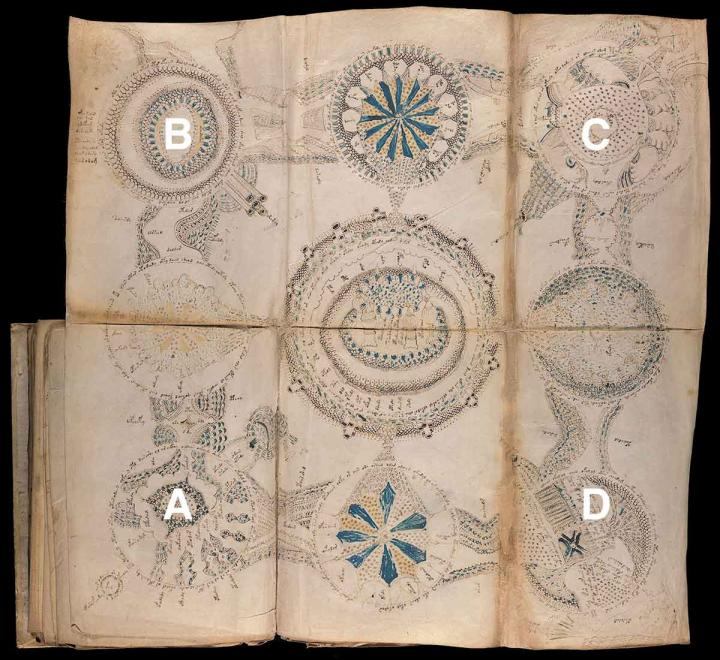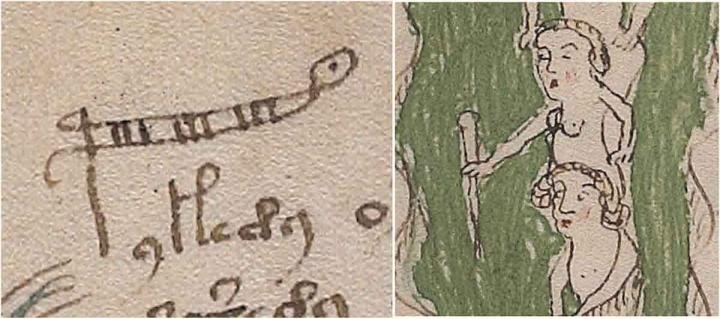
Voynich manuscript, known as the world's most mysterious text, is an illustration of weird pictures of alien plants, strange objects, zodiac symbols and codes. Even though many experts and cryptographers tried to solve this puzzle, a scholar at the University of Bristol has finally decoded this 15th century's manuscript.
The Research Associate Dr Gerard Cheshire used a combination of lateral thinking and ingenuity to understand the language and written system of this ancient manuscript. In his peer-reviewed paper, The Language and Writing System of MS408 (Voynich) Explained, he described the process of decoding the texts. Cheshire needed only two weeks to reveal the only known example of proto-Romance language.
Cheshire said this manuscript is not just about the myths and fantasies, as an example he said it "was compiled by Dominican nuns as a source of reference for Maria of Castile, Queen of Aragon, who happens to have been the great aunt to Catherine of Aragon."
He claimed that this research has its own significance as "this work represents one of the most important developments to date in Romance linguistics."
In addition, Cheshire mentioned his findings showed that today's Romance languages including Portuguese, Spanish, French, Italian, Romanian, Catalan and Galician have emerged from the Voynich manuscript, which is written in proto-Romance.
He further added that the "language used was ubiquitous in the Mediterranean during the Medieval period, but it was seldom written in official or important documents because Latin was the language of royalty, church and government" and as a result, the proto-Romance was lost from the record, until the recent finding.
While explaining the unique linguistic of the ancient manuscript, Cheshire said it was written in an extinct language where the alphabet is a combination of unfamiliar and more familiar symbols. He also mentioned that even though there were no dedicated punctuation marks, some letters have symbol variants to indicate punctuation or phonetic accents.
"All of the letters are in lower case and there are no double consonants. It includes diphthong, triphthongs, quadriphthongs and even quintiphthongs for the abbreviation of phonetic components," as well as some words abbreviations in Latin, he added.
The researcher stated that the next step is to use this finding to translate the entire Voynich manuscript and compile a lexicon. But, it will take some time as the manuscript will comprise more than 200 pages.

However, in 2017 a history researcher and television writer named Nicholas Gibbs claimed that he cracked the code on the mysterious Voynich Manuscript and published his findings as an article in the Times Literary Supplement. But, as per Ars Technica, after analysing his claims the experts stated that that research report was a mix of stuff they already know and a few which Gibbs couldn't prove.









